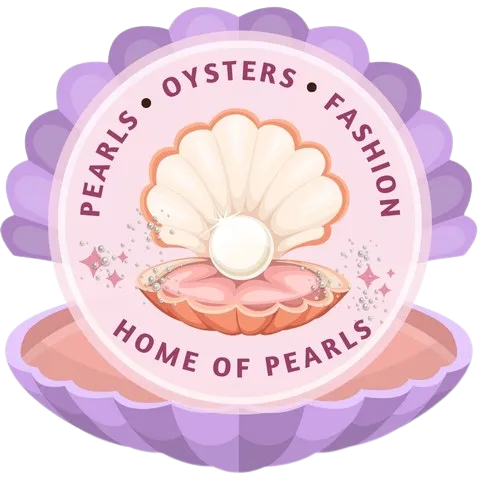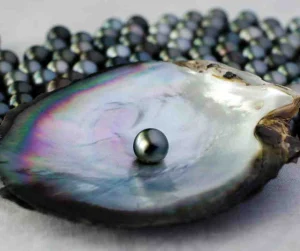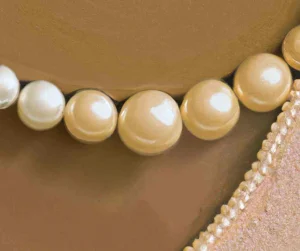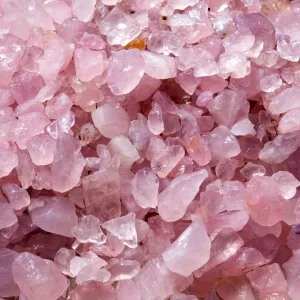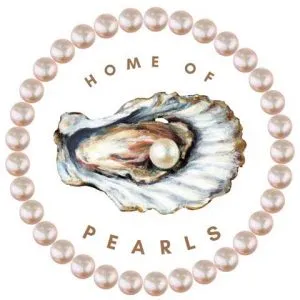Pearls have been a staple of fashion and jewelry for centuries, but what is the process behind harvesting these precious gems? Freshwater pearl harvesting is an intricate art form that has become increasingly popular in recent years. From selecting oysters to caring for your pearls after harvest, this fascinating method of collecting freshwater pearls requires skill and patience – two qualities needed to ensure success! In this blog post we will explore all aspects of freshwater pearl harvesting from start to finish so you can appreciate their beauty even more.
What are Freshwater Pearls?
Freshwater pearls have been a popular choice for jewelry and fashion since ancient times. These beautiful gems are created by freshwater mollusks, such as mussels, in rivers and lakes around the world. They come in many shapes, sizes, colors, and textures that make them unique and highly sought after.
History of Freshwater Pearls: The use of freshwater pearls dates back to at least 2300 BC when they were used to adorn clothing in Ancient Egypt. In more recent centuries, these gems have been used extensively throughout Europe during the Renaissance period as well as during Victorian England where they were often sewn into elaborate gowns or worn on necklaces or bracelets. Today they remain a popular choice for both casual wear and formal occasions alike.
Characteristics of Freshwater Pearls: Freshwater pearls can be found in various shapes including round, oval, baroque (irregular), button-shaped (flat on one side), drop-shaped (pointed at one end) and semi-baroque (halfway between round and baroque). Their size can range from very small to large with some specimens measuring up to 20mm across. Colors vary widely depending on the type of mollusk that produced it; common hues include white/creamy ivory tones but also pinkish lavender shades too. Finally their texture is usually smooth although some may have ridges or bumps along its surface due to natural imperfections within the pearl itself.
There are several benefits associated with wearing freshwater pearls which makes them an ideal choice for any occasion. Firstly, they’re relatively affordable compared to other gemstones so you don’t need a huge budget if you want something special without breaking the bank. Secondly, their classic beauty will never go out of style; no matter what trends come and go your pearl pieces will always look timelessly elegant and chic making them perfect gifts for loved ones too. Lastly, because these gems are made naturally by living creatures each piece is completely unique so you know your jewelry will be truly one-of-a-kind.
Key Takeaway: Freshwater pearls are an ideal choice for jewelry and fashion due to their affordability, classic beauty, and unique nature. They come in various shapes, sizes, colors, and textures that make them stand out from the crowd.
How are Freshwater Pearls Harvested?
Pearl farming is the process of cultivating and harvesting pearls from oysters. Freshwater pearls are harvested in a variety of ways, each with its own set of tools and challenges.
Types of Pearl Farming Techniques: The most common type of pearl farming technique used to harvest freshwater pearls is bead nucleation. This involves inserting a small piece of shell or plastic into an oyster’s mantle tissue to stimulate the production of nacre (the material that forms the pearl). Other methods include tissue grafting, where pieces of mantle tissue from one oyster are grafted onto another; and cultured pearl seeding, which uses tiny beads to create rounder shapes.
Tools Used in Pearl Harvesting: The tools used for harvesting freshwater pearls vary depending on the method employed. For bead nucleation, farmers use special tweezers or forceps to insert the nucleus into the oyster’s body cavity without damaging it. Tissue grafting requires precision knives for cutting and transferring mantle tissue between two oysters, while cultured pearl seeding necessitates specialized equipment such as seed-placing rods and beading needles.
One major challenge faced by pearl farmers is maintaining water quality during cultivation periods; if not managed properly, this can lead to poor growth rates or even death among their stock. Additionally, harvesting techniques require great skill and patience; if done incorrectly or too quickly, they can damage both the host mollusk and any resulting gems produced by it. Finally, many types of freshwater mussels have short life spans compared to saltwater varieties – meaning that farmers must work swiftly when attempting to cultivate them before they die off naturally.
Key Takeaway: Freshwater pearl harvesting requires specialized tools, skill and patience. Farmers must manage water quality, use precision techniques and work quickly to cultivate pearls before the mussels die off naturally.
Caring for Your Freshwater Pearls
Caring for your freshwater pearls is essential to ensure their longevity and beauty. Freshwater pearls are delicate and require special attention when it comes to cleaning, storing, repairing, and choosing the right jewelry for them.
Cleaning and Storing Your Pearls: To keep your freshwater pearls looking their best, you should clean them regularly with a soft cloth or brush. You can also use a mild soap solution if necessary. Be sure not to use any harsh chemicals as this could damage the pearl’s surface. After cleaning, store your pearls in an airtight container away from direct sunlight or extreme temperatures that could cause discoloration or fading of the luster over time.
Repairing Damaged or Broken Pearls: If you notice any chips, cracks, scratches on your freshwater pearl jewelry pieces then it is important to get them repaired immediately by a professional jeweler who specializes in pearl repair work. This will help maintain its original look and prevent further damage from occurring due to wear-and-tear over time.
When selecting jewelry pieces that feature freshwater pearls such as necklaces or earrings, make sure they are made of quality materials like sterling silver which won’t tarnish easily over time nor cause any harm to the delicate nature of these gems. Additionally, consider opting for styles that have secure clasps so there is no risk of losing one while wearing it out in public.
Conclusion
Freshwater pearl harvesting is a fascinating process that has been around for centuries. From the oyster to the finished product, each step of the way is carefully monitored and managed to ensure quality pearls are produced. Freshwater pearls come in a variety of shapes, sizes, and colors which makes them perfect for any occasion or style. Whether you’re looking for something special to add to your wardrobe or just want an exquisite piece of jewelry, freshwater pearls are sure to please! With proper care and maintenance, these gems can last a lifetime – making them an excellent choice for anyone who wants timeless beauty without breaking the bank.
Freshwater pearl harvesting has a long history and is an important part of many cultures. Unfortunately, overharvesting and pollution have caused dramatic decreases in the number of oysters available for harvesting. We need to come together to create solutions that protect freshwater pearls from further damage while still allowing them to be harvested responsibly. By investing in sustainable practices such as regulating catch sizes, limiting harvest areas, replanting oyster beds and monitoring water quality we can ensure these beautiful pearls are around for generations to come!
